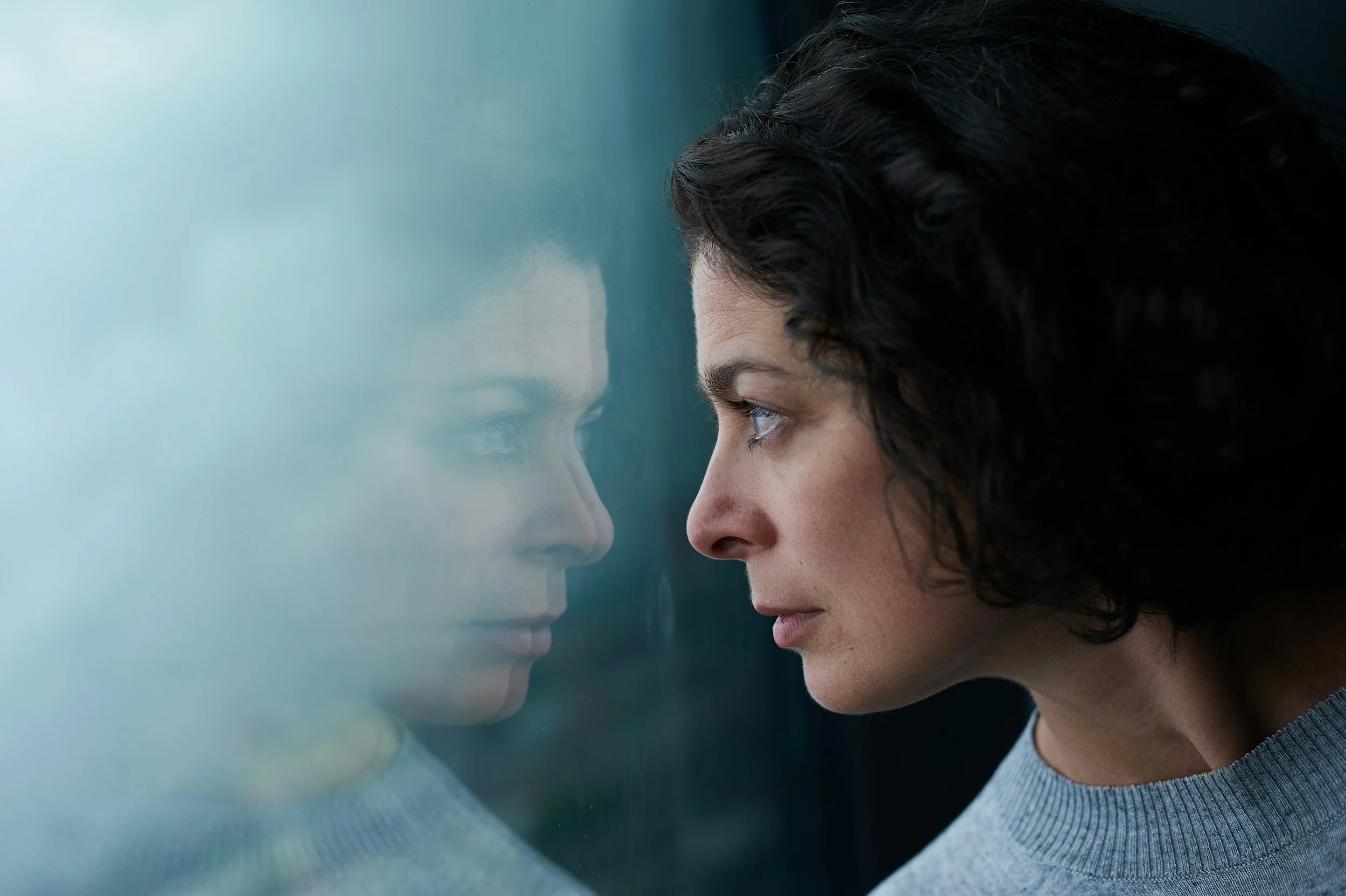Your Chronic Pain Is Real. There Is a Way Forward.
Your pain is real and deeply felt, just as mine is. Healing begins when you acknowledge your suffering without judgment. Allow yourself the compassion you deserve, recognising that healing is a personal journey that unfolds at your own pace. Seek support when needed, be gentle with your progress, and remember that each small step forward is a meaningful part of reclaiming your well-being. Read my blog and Learn more about chronic pain and how you can take that first step.
20% of people globally live with chronic pain.
Living with Chronic Pain
Chronic pain is an experience that touches millions of lives worldwide. Approximately 1.5 billion people worldwide live with chronic pain, affecting all age groups and demographics. This means that more than 20% of adults globally experience chronic pain. In the UK, an estimated 28 million people suffer from chronic pain, highlighting it as a major public health issue.
Women are generally more affected by chronic pain than men. Conditions such as fibromyalgia, migraine, and chronic widespread pain are more prevalent in women. This disparity is influenced by hormonal differences, genetic factors, and psychosocial elements, all contributing to the higher incidence of chronic pain in women. Understanding these factors is crucial in tailoring effective therapeutic approaches to manage chronic pain across diverse populations. Regarding the most common causes of chronic pain, these include:
Musculoskeletal conditions: Osteoarthritis, rheumatoid arthritis, and chronic back pain are among the leading causes.
Neuropathic pain: Conditions such as diabetic neuropathy and postherpetic neuralgia.
Headache disorders: Migraines and tension-type headaches.
Fibromyalgia: More prevalent in women, characterised by widespread musculoskeletal pain.
Chronic visceral pain: Such as pelvic pain, more common in women due to gynaecological conditions.
Overall, women report higher intensity and frequency of chronic pain, and certain chronic pain syndromes disproportionately affect females. However, both men and women can experience a range of chronic pain conditions, often influenced by biological, psychological and social factors.
Understanding Chronic Pain
However, chronic pain is not just about physical discomfort—it intertwines deeply with our emotional, mental, and social well-being. Chronic pain can often feel isolating, overwhelming, and relentless. My own experience and extensive work with clients has shown me just how crucial compassionate, holistic support is for those living with persistent pain. Unlike acute pain, which signals a clear injury and diminishes with healing, chronic pain persists beyond the normal healing time—or even without an apparent cause—making it complex to assess and manage. This ongoing pain can significantly impact mood, sleep, and quality of life.
Scientific findings highlight how chronic pain can alter brain function, affecting emotional regulation and cognitive abilities. It is often associated with anxiety, depression, and fatigue, creating a cycle that can be difficult to break. Recognising this interconnectedness is essential in developing effective therapeutic approaches.
Previously scientists believed that pain exists in the body but MRI scans have shown that pain originates always from the brain. Pain cause through injury is referred to as secondary pain. Pain without a clear cause is understood as primary pain. 80% of people who have chronic pain experience so called primary pain. Pain Reprocessing Therapy (PRT) has been found extremely useful in helping people with chronic pain. https://www.painreprocessingtherapy.com/ In fact, Yoni K. Ashar, Assistant Professor and Director of the Pain and Emotion Research Lab at the University of Colorado Anschutz Medical Campus where PRT has been tested, found PRT to be more effective than CBT. I use PRT in my own practice and know that it has changed my clients lives. In addition, I offer hypnosis, which has also been found to support people in building a different relationship with pain, one that reduces chronic pain almost immediately. For me hypnosis has been the most impactful in working with client and for myself.
Seeking help for Chronic Pain
I have witnessed firsthand the courage it takes for individuals to seek help when living with chronic pain. It’s a journey of rediscovery—learning how to listen to your body without judgment, balancing activity and rest, and nurturing emotional health alongside physical symptoms.
What stands out most in my work is the power of empathy and working with person. Chronic pain can sometimes feel invisible to others, leading to feelings of frustration or loneliness. Some of my clients even report that they don’t talk about their pain at home or with friends, they just get on with it because they don’t want to burden people and feel embarrassed to only talk about their pain. At Yateley Therapy Space your experience is validated and it is a space where you can talk about your pain as much or as little as you wish.
Moving Forward with Compassion & the right Therapist
If you or someone you love is struggling with chronic pain, remember that you are not alone. Compassion starts with acknowledging the complexity of your experience and giving yourself permission to seek support. I know from working with clients long-term that therapy can help reshape your relationship with pain, offering tools to manage its impact and regain control over your life. You don’t have to live with chronic often unexplained pain. There is a way out.
Take the first step towards healing, book your therapy session today. Together, we will explore tailored approaches to help you live with greater ease, balance, and hope.
Book resources
Book Tips to learn about chronic pain
Explore these resources alongside therapy to deepen your understanding and support your journey towards living unbound and free.
“The Way Out” by Alan Gordon — This accessible book offers insights into the science behind pain and empowers readers to understand their own pain experience. It is truly transformation. Alan is founder and director of Pain Psychology Centre, U.S.
“The Body Keeps the Score” by Bessel van der Kolk — Exploring the connection between trauma and chronic pain, it underlines the importance of mind-body approaches in healing. This was my first book and it changed everything.
“When the Body Says No” by Gabor Maté — This book examines how stress and emotional factors contribute to physical illness, including chronic pain. This is probably one of my favourite books. I cried and knew that there is a way out.
References
Bartley, E. J., & Fillingim, R. B. (2013). Sex differences in pain: a brief review of clinical and experimental findings. British Journal of Anaesthesia, 111(1), 52-58.
Fillingim, R. B., King, C. D., Ribeiro-Dasilva, M. C., Rahim-Williams, B., & Riley, J. L. (2009). Sex, gender, and pain: a review of recent clinical and experimental findings. The Journal of Pain, 10(5), 447-485.
Greenspan, J. D., Craft, R. M., LeResche, L., & et al. (2021). Pain mechanism differences between sexes: Immune-neuroendocrine contributions to female pain sensitivity. Pain, 162(7), 1766-1775.
Merrill, J. O., et al. (2022). Gender disparities in chronic pain conditions: Genetic and stress hormone influences. Journal of Pain Research, 15, 1107-1118.
Mogil, J. S. (2012). Sex differences in pain and pain inhibition: multiple explanations of a controversial phenomenon. Nature Reviews Neuroscience, 13(12), 859-866.
Nielsen, K. H., et al. (2024). Personalized pain management incorporating gender-specific factors: A clinical trial. Journal of Clinical Pain, 40(3), 195-204.
Riley, J. L., et al. (2023). Influence of gender norms and healthcare access on pain management experiences. Pain Medicine, 24(2), 367-376.
Smith, S. M., & Bair, M. J. (2020). Psychological comorbidities and sex differences in chronic pain. Pain Reports, 5(6), e834.


